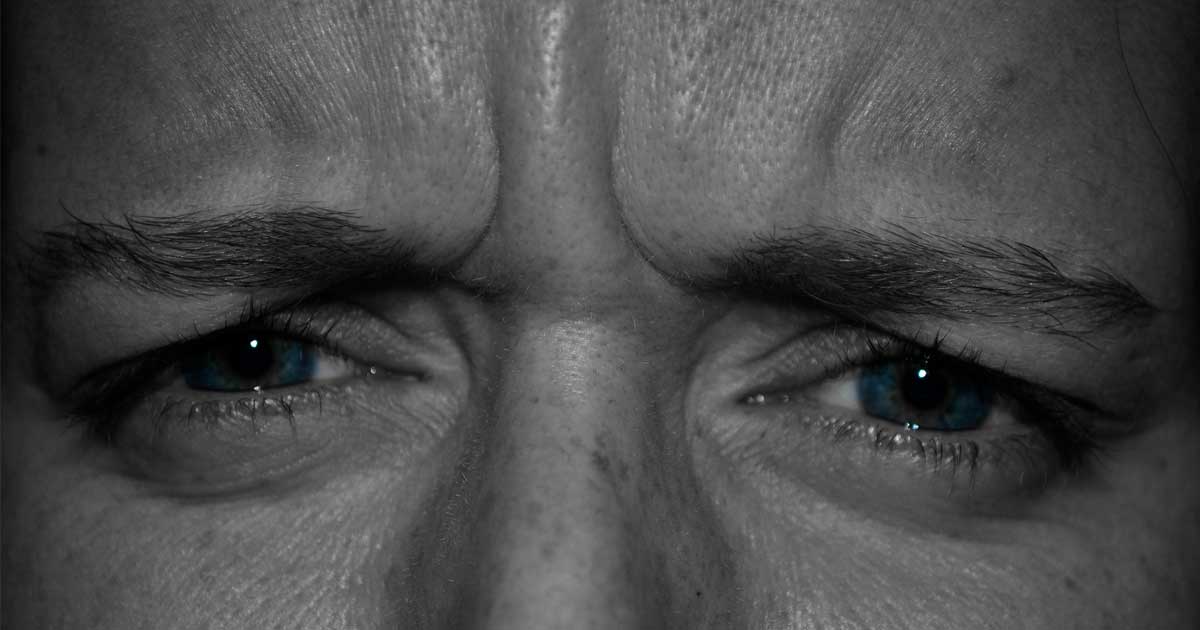
OCULOPLASTIC SURGERY
What is Ocular Plastic Surgery?
Oculoplastic surgery is a general term used to represent a variety of procedures that involve the orbit, eyelids, tear ducts, and the face. Ocular reconstructive surgery, aesthetic eyelid surgery, facial plastic surgery, and cosmetic procedures fall into this category. Some types of oculoplastic surgery are considered both medically necessary and cosmetic. For instance, certain eyelid and periocular issues can affect a person’s appearance as well as their vision, eye comfort, and eye health.What motivates patients to undergo these kinds of procedures??
The primary reason is to eliminate the changes that occur with age. Additionally, people undergo such procedures that are necessary to treat other pathologies that affect the eye, eyelid and surrounding areas.What are the most common procedures?
The surgical procedure to treat flaccid eyelids, or the “bags” that form on the lower eyelids is very common. Surgery to treat wrinkles or eyelid ptosis (the drooping of the eyelid) that are related with aging is also common. Other types of congenital oculoplastic surgeries treat eyelid asymmetries and or the abnormal drooping of the eyelids. In regards to tumors or acquired pathologies, there is a variety of reconstructive surgeries available depending on the zone that is affected.What does the eyelid treatment consist of?
Upper blepharoplasty is the surgical procedure to remove skin or add or remove fat from the upper eyelid. It is done utilizing local anesthesia as an ambulatory procedure that usually consists of a quick recovery. People undergo this procedure to attain a more youthful and vibrant look. Lower blepharoplasty is undergone to eliminate the “bags” that form, reduce wrinkles, and get rid of flaccidity in the lower eyelid area.What other pathologies can be treated with oculoplastic surgery
- Orbital alterations as secondary effects due to Graves-Basedow disease (Thyroid Orbitopathy).
- Orbital trauma or fractures
- The aftermath of trauma and orbital fractures such as: enophthalmos, diplopia, abnormal eyelids
- Orbital vascular malformation or anomalies.
- Orbital tumors
- Infections or orbital inflammation (orbital cellulitis, orbital abscess).
- Orbital inflammation: an orbital pseudo-tumor
BOTOX APPLICATION:
We treat the wrinkles around the upper third of the face: “crow’s feet, the eyebrow area and the forehead. We apply the Botulinum Toxin, which paralyzes the muscles around the affected area followed by the injection of Hydrochloric Acid, which has a filler effect that reduces the skin creases. It is a quick treatment, simple and pain-free. The effects of the botulinum toxin become noticeable after 3 of 4 days following the treatment and its effects last for about 6 months while the hydrochloric acid’s effects last for about 12 months. Once this period of time has passed, the treatments can be repeated. Patients that are minors (less than 18 years old), pregnant or lactating, and those that suffer from muscular or autoimmune diseases do not qualify for this type of treatment. In any case, consulting with your family doctor is highly recommended before undergoing any medical procedure.
What are the benefits of undergoing Botox treatment?
This treatment gives the patient a more youthful appearance by decreasing the creases around the affected areas, without having to undergo surgery, without anesthesia and without having to take days off post-treatment.Some things to consider:
- Botox treatment is not able to augment the volume of the treated regions, only facial fillers have that effect- There are no existing creams in the market that have the botulinum toxin present in their composition
- The creams in the market acts superficially over the skin whereas the botulinum toxin type A acts directly over the muscle were it is injected.
- No cream in the market is able to provide the effect that can be reached with the Botox treatment.
Post-treatment care:
- Do not massage the treated area- Avoid physical exercise during the first 4 hours following the treatment
- 3. It is recommended that you stay in a vertical position and that you do not lie down during the first 4 hours following the treatment.

